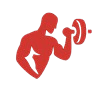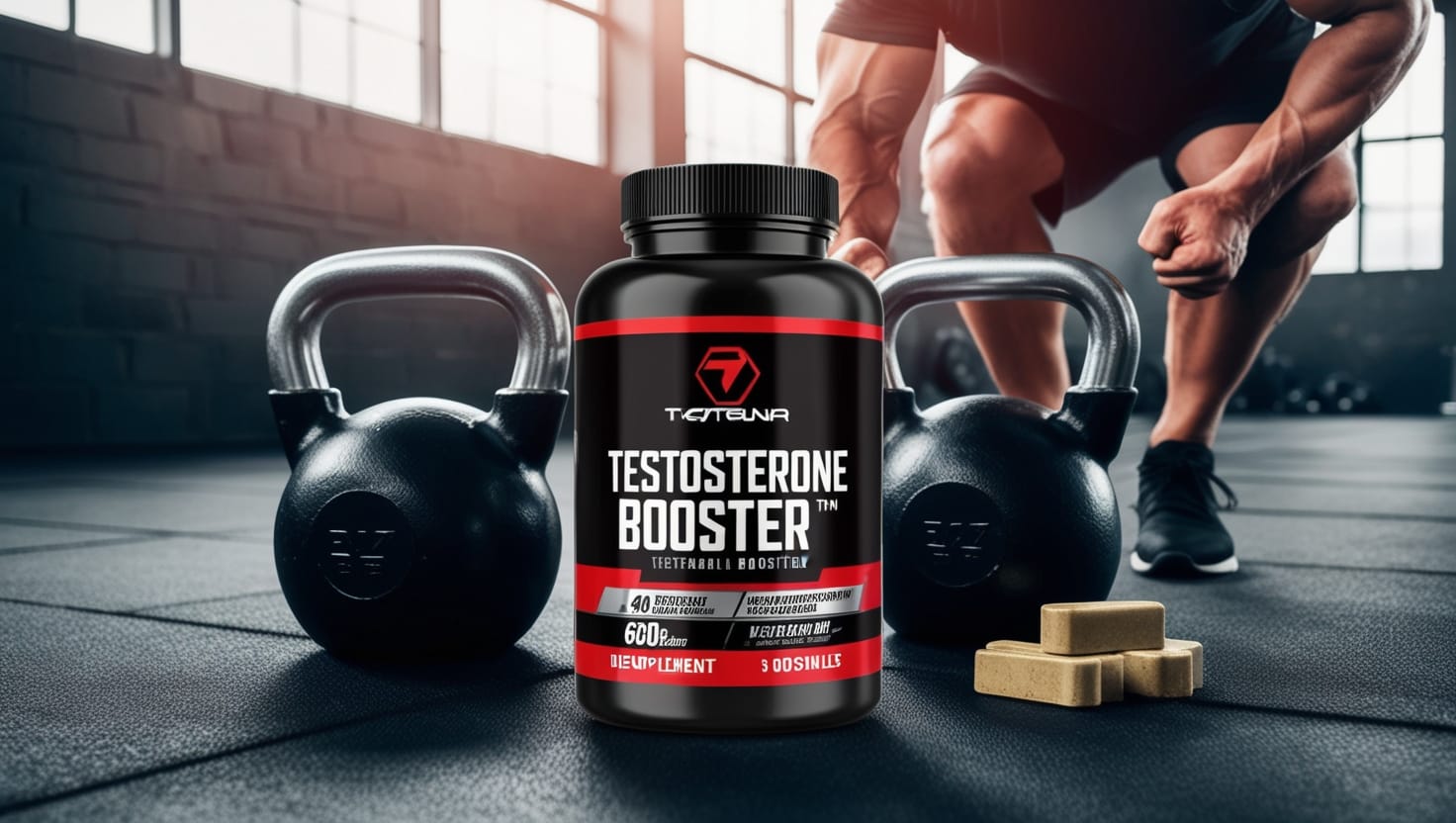Beginner Workout Routine for Men Over 40
Staying active becomes increasingly important as we age, especially for men over 40. Regular exercise can improve not just physical health but mental well-being too. A targeted beginner workout routine is your key to maintaining strength, energy, and mobility.
Understanding Fitness Needs After 40
As we age, our bodies undergo many changes, impacting how we should approach workouts. Let’s explore some critical factors.
Metabolism Changes
After 40, our metabolism begins to slow, which makes weight management more challenging. This means your body burns fewer calories, even at rest. Incorporating a mix of strength training and cardio can help rev up your metabolism and keep excess weight at bay.
For detailed insights on managing fitness over 40, check out Men’s Fitness Over 40: 10 Rules to Live By.
Muscle Mass Decline
Unaddressed, men naturally lose around 3-5% of their muscle mass every decade after 30—a process called sarcopenia. Strength training is critical to preserve and even rebuild muscle. Simple exercises like squats, push-ups, and light deadlifts can work wonders.
Find more guidance on muscle-building routines here.
Joint Health and Mobility
Joint health often becomes an issue with time. Movements like lunges, yoga stretches, and mobility drills can safeguard your joints. Avoid high-impact exercises that could place undue stress on knees or shoulders.
For joint-friendly workouts, visit The Best Workouts for Men Over 40.
Components of a Beginner Workout Routine
An effective routine covers more than just physical activity. Warm-ups, strength-building, cardio, and flexibility should all play a role.
Warm-Up Exercises
A proper warm-up primes your body for action, reduces injury risk, and boosts blood flow. Start with 5-10 minutes of light cardio like walking or cycling. Follow it with dynamic stretches such as arm swings or lunges.

Photo by Pixabay
Strength Training Basics
Your goal is to start light and focus on form. Include essential movements like:
- Squats: Build lower body strength.
- Push-Ups: Work on chest, shoulders, and arms.
- Bent Over Rows: Support back strength and posture.
Aim for two sessions weekly, performing 2-3 sets of 8-12 reps for each exercise.
Cardio Recommendations
Low-impact options like walking, swimming, or biking are kind to your joints and boost heart health. Aim for 20-30 minutes of moderate activity, three to five times a week.
For a structured plan, check out Workout Plans for Men Over 40.
Cool Down and Stretching
Take five minutes post-workout to cool down. Static stretches, targeting key muscles like hamstrings or shoulders, enhance recovery and reduce soreness.
Creating a Balanced Weekly Schedule
Consistency is more important than intensity when you’re just starting out. Building a sustainable schedule will motivate you to keep going.
Sample Weekly Workout Plan
- Monday: Strength training (upper body)
- Tuesday: Light cardio (brisk walk or swim)
- Wednesday: Active recovery (yoga or stretching)
- Thursday: Strength training (lower body)
- Friday: Rest day
- Saturday: Moderate cardio (cycling or jogging)
- Sunday: Flexibility focus (longer stretching session)
Rest and Recovery Importance
Your muscles repair and grow stronger during rest periods. Don’t skip rest days. Active recovery, like light walking, keeps blood circulating without straining your body.
For insights on beginner-friendly workout tips, visit this article.
Nutrition and Hydration for Optimal Performance
Fueling your body is as important as exercising. Without proper nutrition and hydration, progress can stall.
Macronutrients Explained
- Protein rebuilds muscles post-workout. Lean meats, fish, or plant-based options like tofu are excellent choices.
- Healthy Fats from avocado or nuts boost energy levels.
- Complex Carbs like oats or sweet potatoes provide long-lasting fuel.
Learn more about dietary recommendations here.
Hydration Tips
Drink water throughout the day, not just during workouts. Dehydration impacts performance and recovery. A good rule of thumb is half your body weight in ounces daily. Add electrolytes during intense sessions.
Conclusion
Men over 40 don’t just need exercise; they need the right kind of exercise. Start slow, prioritize consistency, and focus on balance. With the right approach, getting fit can feel empowering—no matter your age. Ready to begin? Lace up those sneakers and take your first step today!










